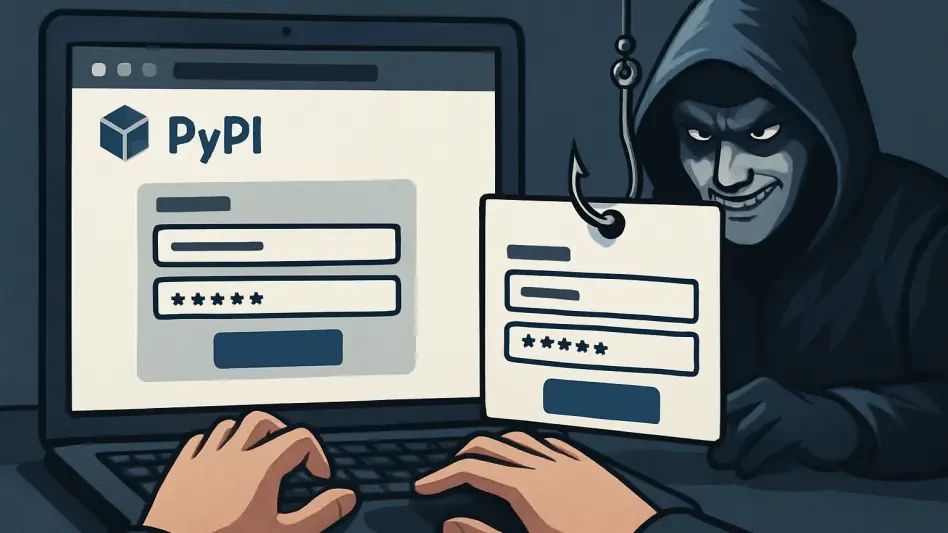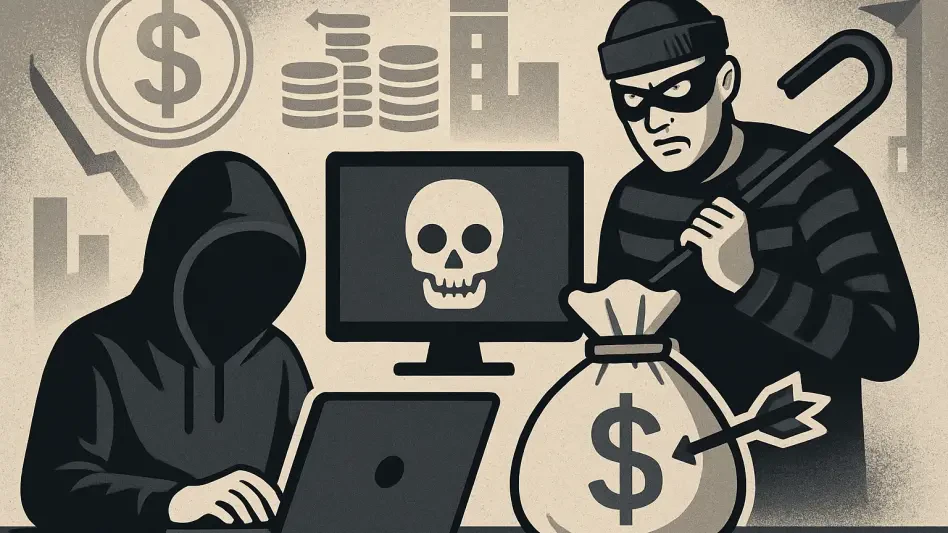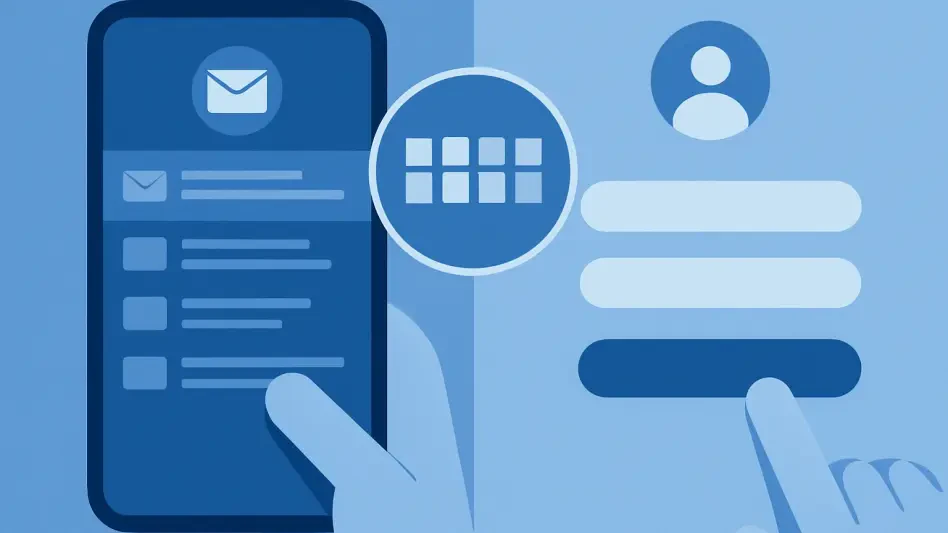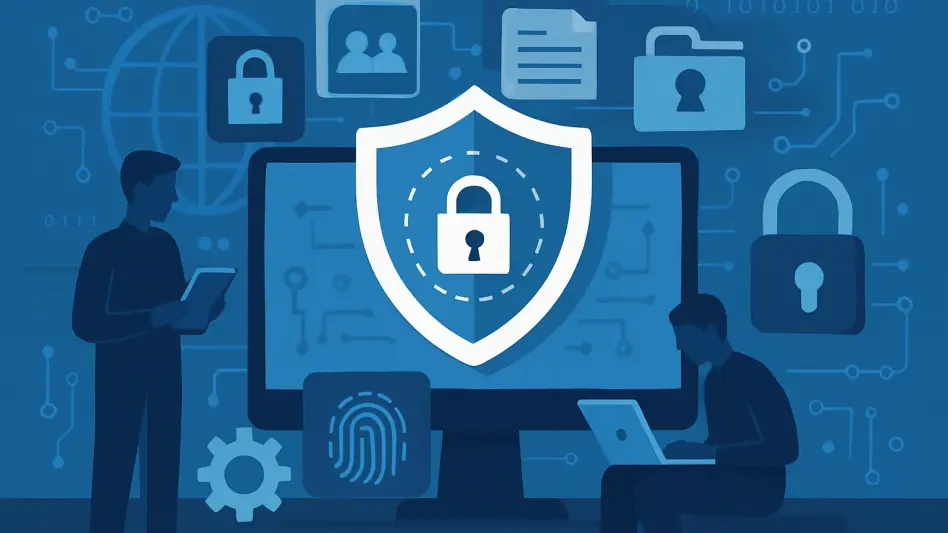A sophisticated phishing campaign has recently emerged, targeting mobile users with fake unpaid toll notifications. Exploiting financial anxieties related to driving infractions, this campaign signifies a shift away from traditional phishing methods. Drivers across different regions are receiving text messages claiming they have unpaid toll violations that need immediate attention. These messages often use urgent language, suggesting severe fines or possible license suspension if recipients do not respond promptly. Initially, these messages do not contain active links; instead, they instruct recipients to reply to the message, creating an illusion of legitimacy and bypassing standard phishing detection methods.
The Evolution of Phishing Schemes
Once the victims respond to the initial message, attackers send a link to a meticulously designed phishing domain that mimics official toll collection agencies. These domains are equipped with regional elements to make them appear more legitimate based on the victim’s location. Researchers have identified tens of thousands of these malicious domains, most of which are hosted in China but have a global target base. The scale of this campaign can be attributed to its organized structure, which employs a subscription-based model for widespread deployment. The infrastructure backing these attacks demonstrates resilience against takedown efforts, with new domains rapidly replacing those blocked or reported.
At the core of this operation is the “Lucid” Phishing-as-a-Service (PhaaS) platform, providing cybercriminals with turnkey solutions for launching sophisticated phishing campaigns. This platform allows even those with limited technical skills to generate authentic-looking phishing domains and custom landing pages tailored to specific regional toll authorities. Lucid’s capabilities include dynamic adjustments based on the victims’ IP addresses for precise geographic targeting and device-specific optimizations. Furthermore, Lucid incorporates verification mechanisms that block connections from non-targeted regions, preventing security researchers from accessing the domains directly.
Technical Sophistication and Widespread Deployment
This sophisticated campaign has a higher success rate than traditional email phishing attacks, achieving an approximate 5% success rate. The multi-stage approach, which combines SMS messaging and customized phishing domains, significantly contributes to this success. The harvested credentials often appear in underground markets within hours of collection, extending the economic impact far beyond individual victims. Security analysts have noted that similar services like Lighthouse, Darcula, EvilProxy, and W3II are part of an expanding ecosystem that democratizes phishing capabilities among cybercriminals.
The effectiveness of this campaign lies in its multi-layered approach that manipulates psychological triggers and employs advanced technical measures. The phony toll violation messages exploit the fear of financial penalties and legal consequences, prompting quick and unverified responses. When victims visit the phishing site, they are greeted with a page designed to deceive, complete with logos, fonts, and payment options that mirror those of legitimate toll authorities. The combination of these elements makes it increasingly difficult for individuals to distinguish between authentic and fraudulent messages.
Vigilance and Countermeasures
This campaign underscores the necessity for increased vigilance and awareness to counter these evolving phishing tactics. Users are strongly advised to treat unsolicited toll violation messages with extreme caution. Verifying the legitimacy of such messages should be done by contacting official toll authorities directly through independently obtained contact information, rather than responding to suspicious messages.
Moreover, security measures must adapt to the sophisticated nature of these attacks. Organizations should incorporate advanced detection systems capable of identifying phishing domains that employ dynamic and geographically tailored elements. Regular training and awareness programs are essential to ensure that users remain informed about the latest phishing tactics and know how to protect themselves.
The rise of PhaaS platforms like Lucid represents an alarming trend in cybercrime, where even those with minimal technical knowledge can carry out complex phishing campaigns. The democratization of these capabilities means that phishing attacks will become more prevalent and sophisticated, making it imperative for both individuals and organizations to bolster their defenses. Through a combination of technological advancements, continuous education, and proactive verification practices, it is possible to mitigate the risks associated with these increasingly sophisticated phishing schemes.
Looking Ahead
A clever phishing scheme has recently surfaced, specifically targeting mobile users with bogus unpaid toll notifications. By tapping into people’s financial worries regarding traffic violations, this campaign marks a departure from traditional phishing techniques. Drivers in various locations are getting text messages claiming they have unpaid toll violations needing immediate attention. These texts typically employ urgent wording, warning of hefty fines or potential license suspension if the recipient does not act quickly. At first, these messages avoid using active links; instead, they instruct individuals to respond to the message, thereby creating a sense of authenticity and evading usual phishing detection systems. This sophisticated approach exploits the rising reliance on mobile communication for essential updates and financial transactions, making it an effective yet concerning development in the realm of cyber threats. By mimicking legitimate notifications, these schemes prey on people’s fear of legal repercussions, significantly increasing the risk of falling victim to such attacks.








